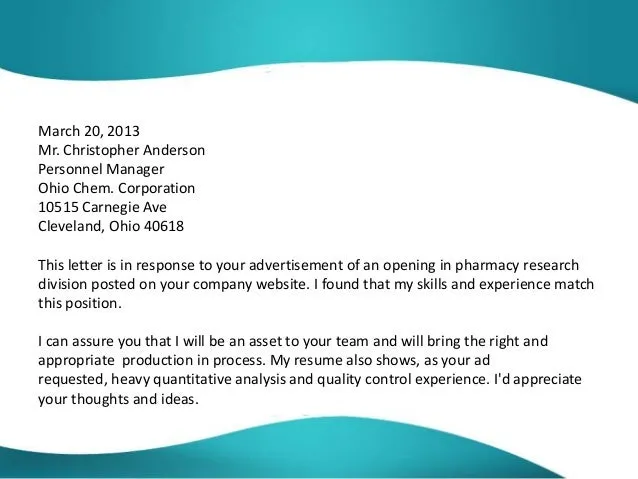Landing a job in the pharmaceutical industry is competitive, and a well-crafted cover letter can make all the difference. It’s your first impression, a chance to showcase your skills, experience, and passion. This guide reveals the top 5 secrets to writing a cover letter that gets you noticed, helping you stand out from the crowd and secure your dream pharma role. By following these tips, you’ll be well on your way to crafting a cover letter that opens doors.
Highlighting Key Skills in Your Pharma Cover Letter
The pharmaceutical industry demands a specific set of skills. Your cover letter should highlight these skills and demonstrate how you possess them. Think about the requirements of the job description and directly address them. Don’t just list skills; provide examples of how you’ve applied them successfully in the past. This targeted approach shows the hiring manager that you not only meet the requirements but also have a proven track record.
Tailoring Your Cover Letter to the Specific Pharma Job
Generic cover letters don’t work in the pharmaceutical industry. Each job has unique requirements, and your cover letter should reflect this. Carefully analyze the job description and tailor your letter to match the specific needs and responsibilities outlined. Demonstrate that you understand the role and the company’s objectives. Personalization shows you’ve taken the time to understand what the employer is looking for and that you are genuinely interested in the position.
Researching the Company and Demonstrating Interest
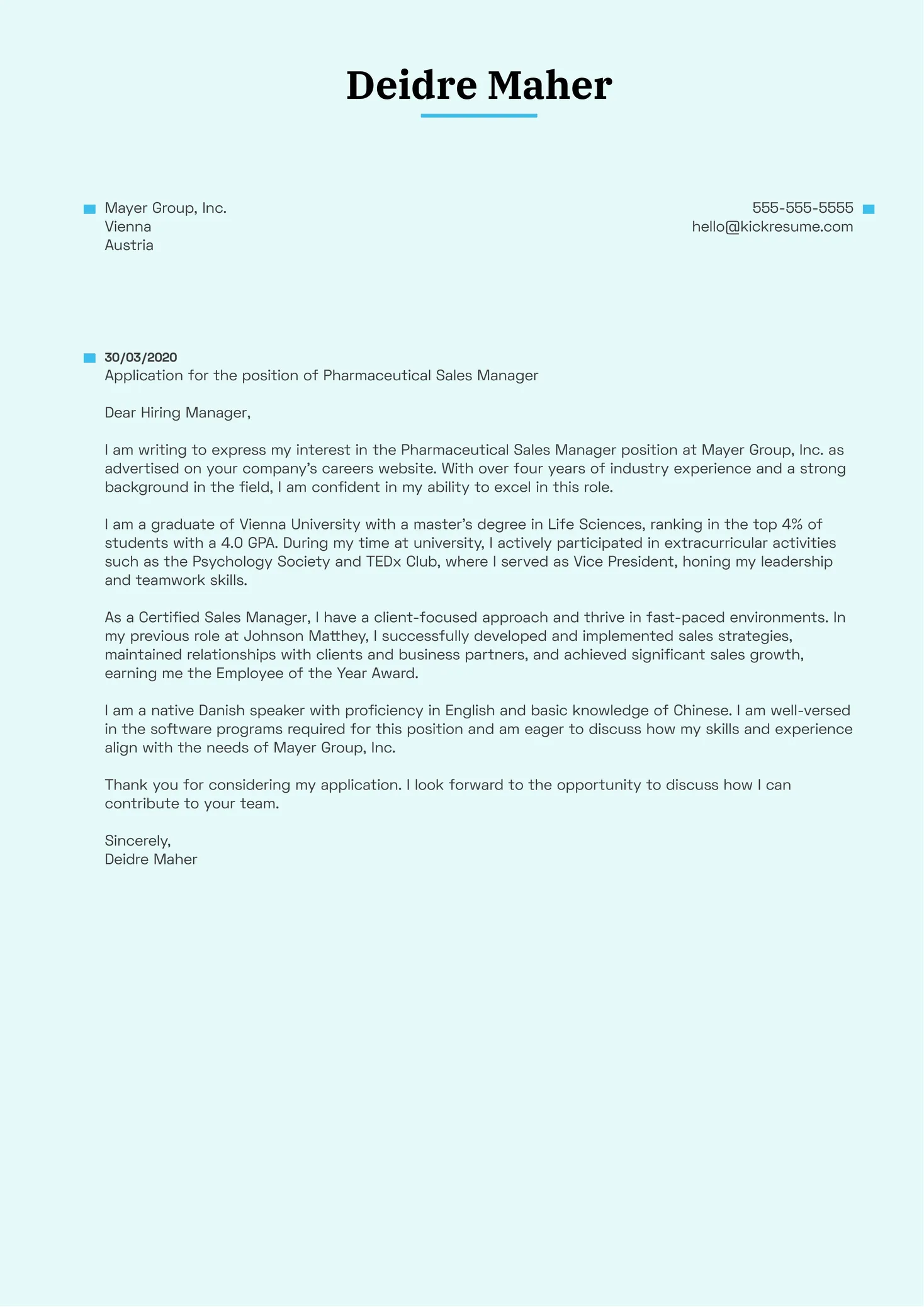
Show that you’re not just applying for any job; you’re applying for this job at this company. Research the pharmaceutical company thoroughly. Understand its mission, values, and recent achievements. Mention specific projects, products, or initiatives that resonate with you. This research demonstrates genuine interest and a desire to contribute to the company’s success. It shows you’ve gone beyond a surface-level application and are invested in the opportunity.
Using Action Verbs to Showcase Achievements
Avoid vague statements. Instead, use strong action verbs to describe your accomplishments and responsibilities. Verbs like “managed,” “developed,” “implemented,” “achieved,” and “led” make your cover letter dynamic and compelling. They paint a clear picture of your contributions and impact. Whenever possible, quantify your achievements with data. For instance, instead of saying “Improved efficiency,” say “Improved efficiency by 15% by implementing a new workflow.” This provides tangible proof of your value.
Tips for Addressing the Hiring Manager
If possible, address your cover letter to a specific person (the hiring manager or recruiter). Research the contact information beforehand. Addressing the letter to a specific individual shows that you have taken the extra step. If you are unable to find a name, a generic greeting is better than an impersonal one such as “To Whom It May Concern.”
Quantifying Accomplishments with Data
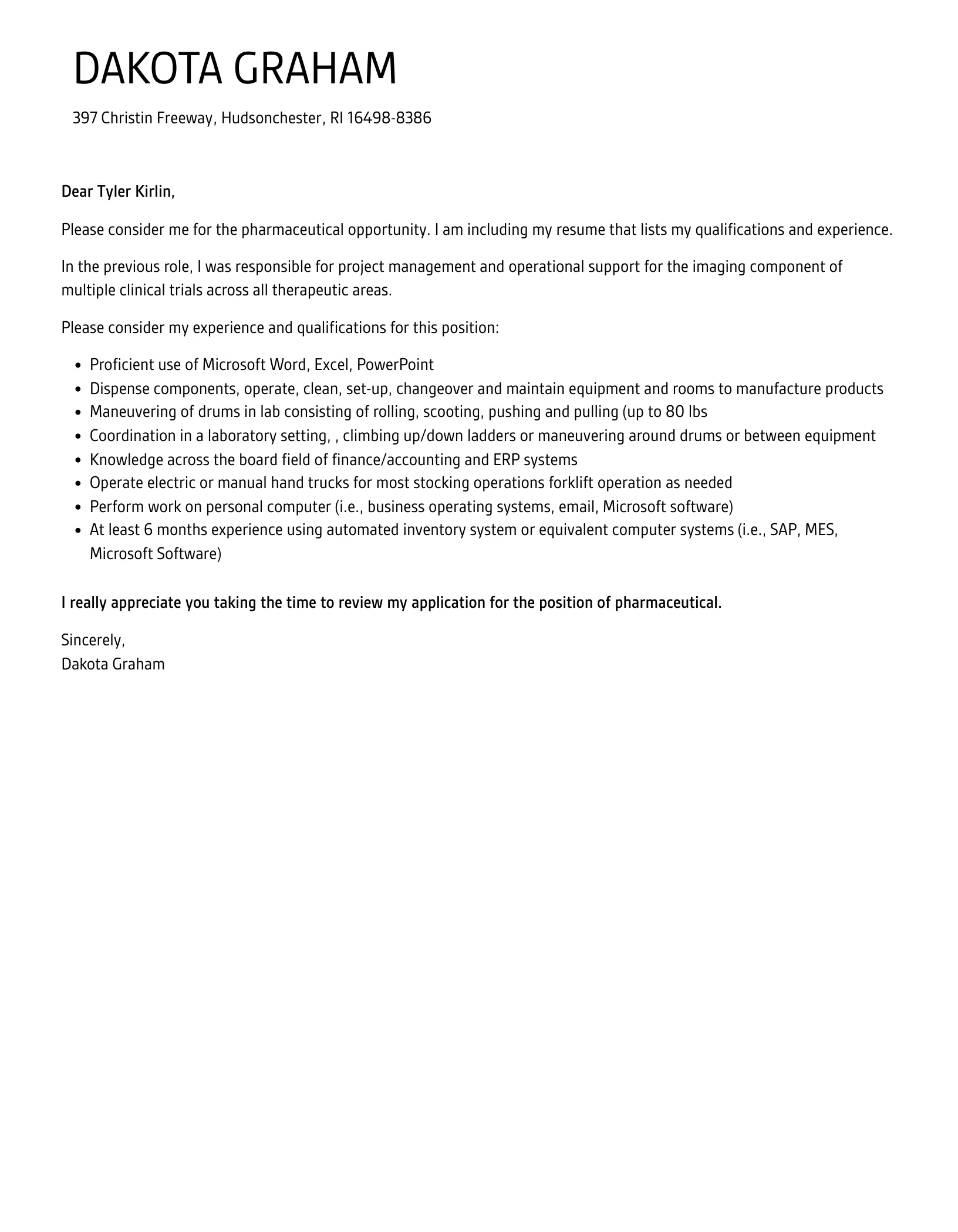
As mentioned above, quantifying your accomplishments adds credibility. Use numbers, percentages, and specific data to demonstrate the impact of your work. For example, instead of saying “Increased sales,” write “Increased sales by 20% in Q4.” This makes your achievements more tangible and demonstrates your ability to drive results.
Formatting and Proofreading Your Cover Letter
A well-formatted cover letter is essential. It should be easy to read and visually appealing. A clean and professional layout reflects attention to detail and professionalism. Poor formatting can create a negative first impression, so pay attention to the overall presentation. Ensure your cover letter is free of errors to showcase your professionalism. A polished document leaves a positive impression and increases your chances of being selected for an interview.
Creating a Professional Layout and Design
Choose a professional font, such as Times New Roman, Arial, or Calibri. Use a standard font size (11 or 12 points). Maintain consistent spacing and margins throughout the document. Break up large blocks of text with paragraphs and bullet points to make it easy to read. Use a simple and uncluttered design that highlights the content rather than distracting from it. Your cover letter should look organized and professional.
Proofreading for Grammar and Spelling Errors
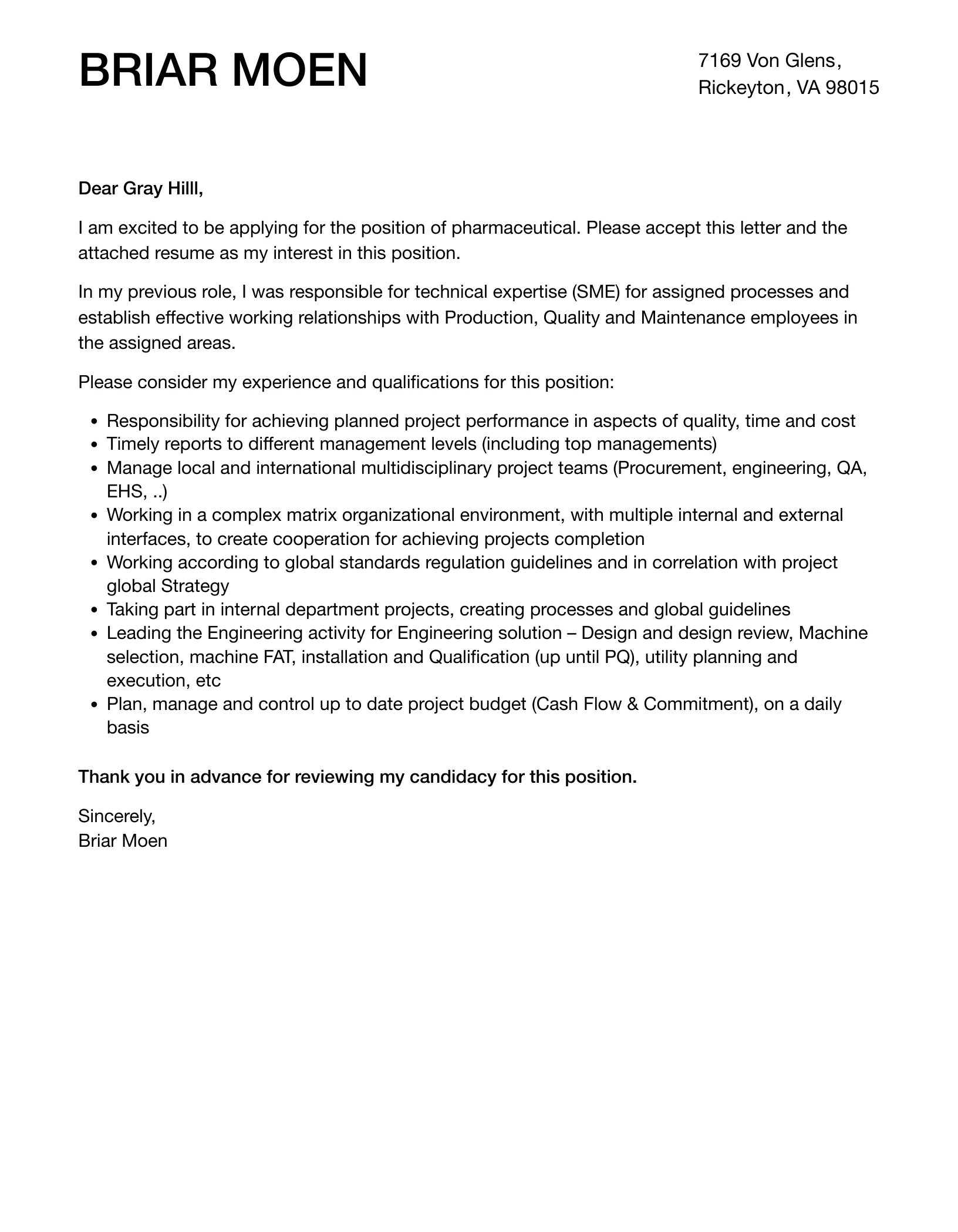
Typos and grammatical errors can undermine your credibility. Proofread your cover letter carefully for any mistakes. Use a spell checker, but don’t rely on it entirely. Read the letter aloud to catch any errors that you might miss when reading silently. Ask a friend or colleague to proofread your cover letter as a second pair of eyes can often spot mistakes that you miss.
Choosing the Right Tone and Style
The tone of your cover letter should be professional yet engaging. It should reflect your personality and enthusiasm for the role. Avoid using overly formal or casual language. Maintain a positive and confident tone throughout. Use active voice and avoid jargon, unless it’s specific to the industry. The style should be concise and clear, highlighting your key qualifications and accomplishments.
The Importance of a Strong Opening and Closing
The opening and closing paragraphs are crucial. They are the first and last things the hiring manager will read, so make them count. A strong opening grabs attention, while a memorable closing leaves a lasting impression. They are a great opportunity to summarize your qualifications and reiterate your enthusiasm.
Crafting a Compelling Opening Paragraph
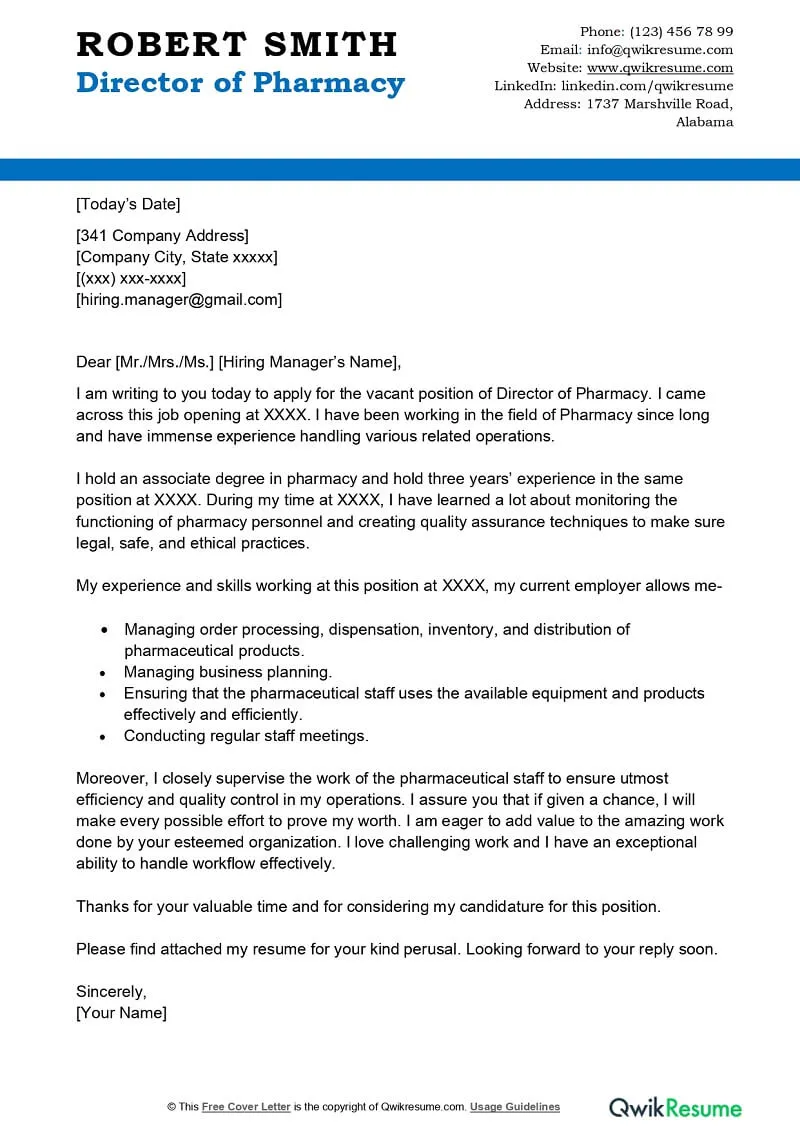
Your opening paragraph should immediately grab the reader’s attention. Start with a strong statement that highlights your key skills or experience. Briefly mention the specific position you are applying for and how you learned about it. State your interest in the role and the company. It’s a great way to make a connection and get the hiring manager interested in reading further.
Writing a Memorable Closing Statement
The closing paragraph should reiterate your interest and enthusiasm. Thank the hiring manager for their time and consideration. State your availability for an interview and provide your contact information. End with a professional closing, such as “Sincerely” or “Best regards.” A strong closing reaffirms your commitment to the role.
Focusing on Relevant Experience
In the pharmaceutical industry, relevant experience is paramount. Your cover letter should emphasize the experience most relevant to the job you are applying for. Highlight specific projects, roles, and responsibilities that align with the job description. Focus on achievements and quantify your accomplishments. Show the hiring manager you have the skills and experience required to excel in the role.
How to Address Gaps in Your Resume
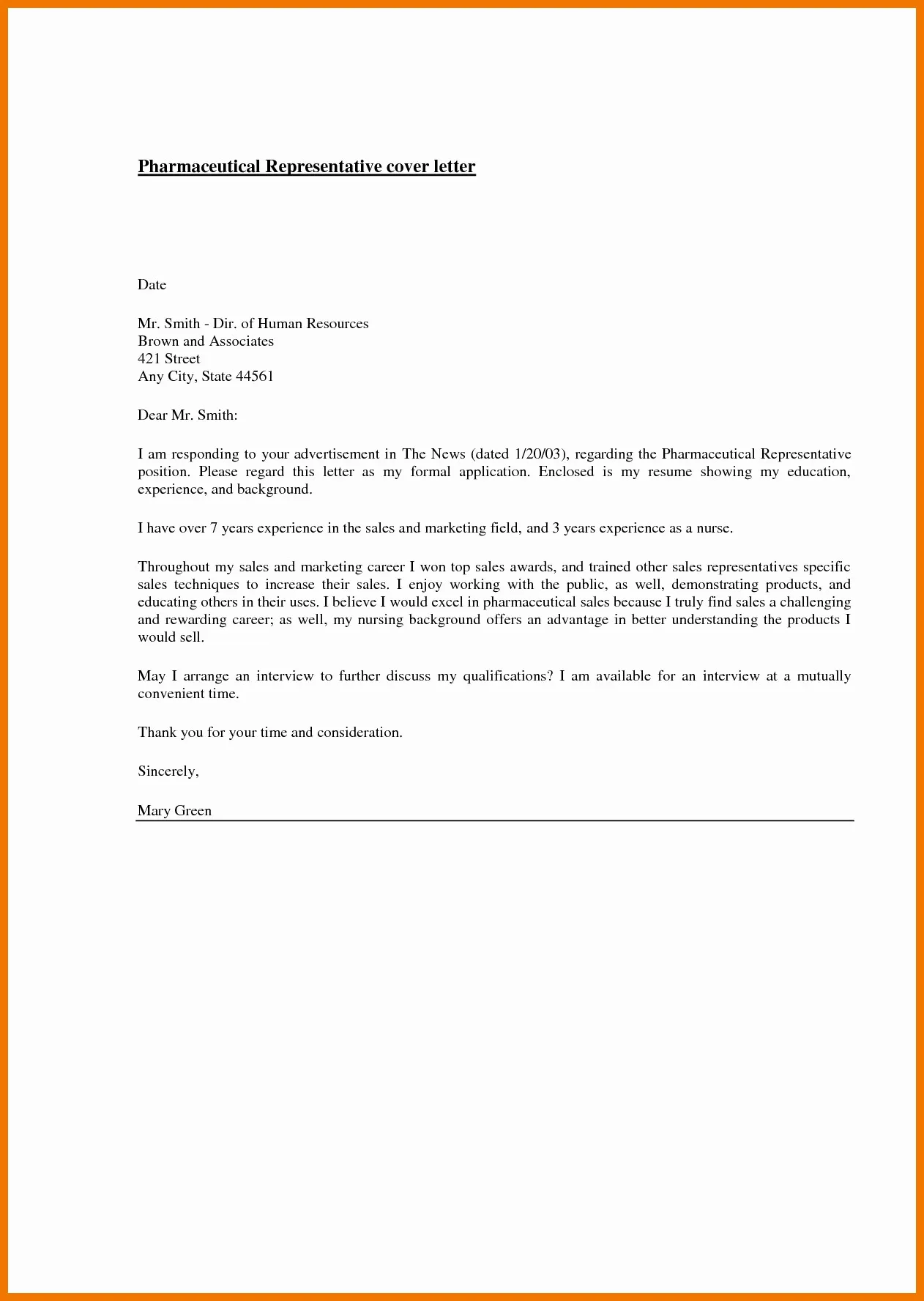
If you have gaps in your resume, address them honestly and positively in your cover letter. Briefly explain the reason for the gap. Focus on what you did during that time (e.g., volunteering, further education, or personal development) or the skills you gained. Frame the experience positively and emphasize how it has made you a stronger candidate. Be straightforward and avoid making excuses.
In conclusion, writing a standout pharmaceutical cover letter requires attention to detail, a targeted approach, and a focus on showcasing your skills and experience. By following these 5 tips, you can create a cover letter that captures the hiring manager’s attention and significantly increases your chances of landing an interview. Remember to tailor your letter to each job, highlight relevant skills, quantify your achievements, and present a professional and polished document. Good luck with your job search!
